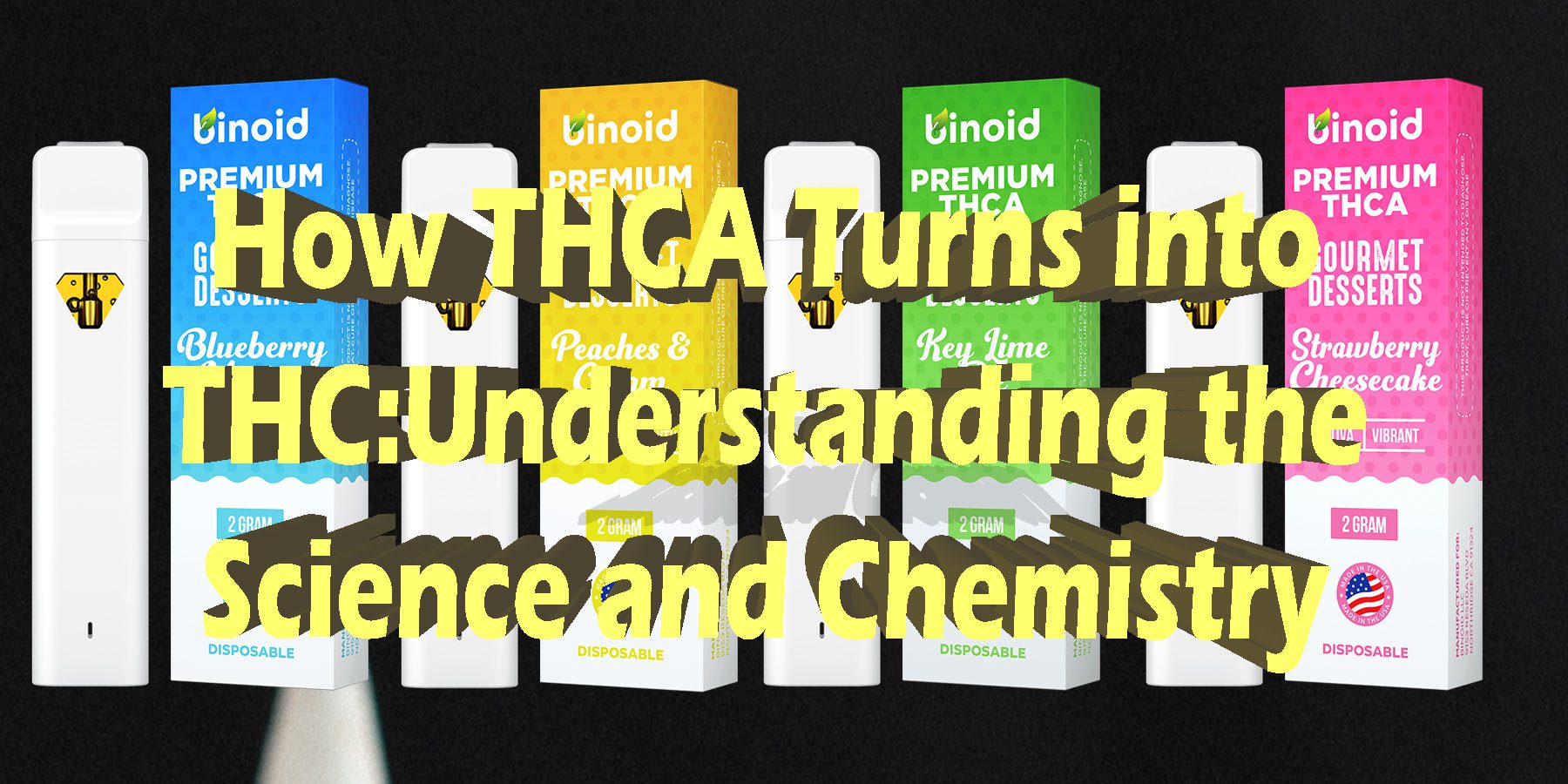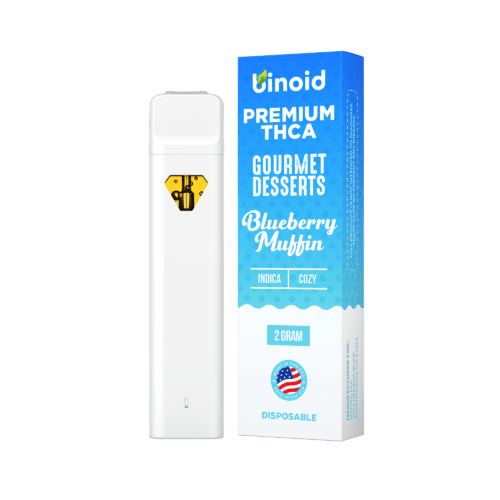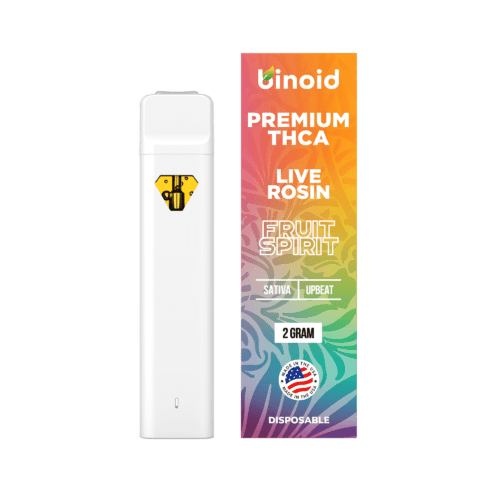The cannabis plant is a marvel of nature, housing an intricate array of compounds that influence its effects and applications. Among these, THC—short for tetrahydrocannabinol—is the compound most often associated with cannabis’ psychoactive effects. But before THC becomes the active compound that has gained global recognition, it exists in its acidic precursor form: THCA, or tetrahydrocannabinolic acid. Understanding how THCA converts into THC unveils a fascinating journey of chemistry, biology, and environmental factors.
To Buy THCA Products Click Here
What is THCA?
So, what exactly is THCA? It’s essentially the precursor to tetrahydrocannabinol (THC). In raw cannabis plants, THCA is abundant and only converts into THC when exposed to heat, a process called decarboxylation. This transformation is what gives THC its intoxicating effects, but in its original form, THCA offers a unique profile of properties that sets it apart.
Tetrahydrocannabinolic acid is produced in the trichomes of the cannabis plant. Trichomes are tiny, hair-like structures that cover the plant’s surface, particularly the flowers. These trichomes house the cannabinoid acids, terpenes, and flavonoids that make cannabis such a powerful plant. In addition to THCA, trichomes contain cannabidiolic acid (CBDA), cannabigerolic acid (CBGA), and other cannabinoid acids that similarly convert into active cannabinoids when heated.
The Role of Decarboxylation
The transformation from THCA to THC hinges on a chemical reaction called, “decarboxylation”. This term might sound complex, but it’s a straightforward concept in chemistry. Decarboxylation refers to the removal of a carboxyl group (a carbon atom bonded to two oxygen atoms and one hydrogen atom) from an organic molecule.
In the case of THCA, the carboxyl group is attached to its molecular structure. This extra group makes the compound larger and alters its ability to bind effectively with the CB1 receptors in the human endocannabinoid system—receptors primarily responsible for mediating the psychoactive effects of THC. Once this group is removed, the resulting molecule, THC, can interact with CB1 receptors and produce its characteristic effects.
The Science Behind Decarboxylation
At a molecular level, decarboxylation is initiated through the application of heat. When cannabis is exposed to temperatures of around 220°F – 240°F (104°C – 116°C) for a sustained period, the heat provides enough energy to break the bond between the carboxyl group and the rest of the THCA molecule. This reaction releases carbon dioxide (CO2) and water (H2O), leaving behind THC.
Here’s a simplified representation of the reaction:
THCA → THC + CO2
This process occurs in multiple settings, including:
Smoking or Vaping Cannabis: When cannabis is ignited or heated in a vaporizer, the high temperatures (often exceeding 400°F or 204°C) rapidly decarboxylate THCA, converting it to THC almost instantaneously.
Cooking with Cannabis: When making cannabis-infused edibles, the raw plant material undergoes decarboxylation during the heating phase, typically in an oven or on a stovetop.
Sunlight and Aging: While heat is the most efficient way to trigger decarboxylation, prolonged exposure to sunlight or time can also facilitate a slower, less complete decarboxylation process. This natural method is why older cannabis may have higher levels of THC than freshly harvested buds.
Optimal Conditions for Decarboxylation
While heat is a crucial factor, the decarboxylation process depends on both temperature and time. Too much heat can degrade THC into another compound, CBN (cannabinol), which is less psychoactive. Conversely, insufficient heat or time may leave a significant amount of THCA unconverted, reducing the effectiveness of the final product.
Research suggests the following guidelines for effective decarboxylation:
Temperature: Around 220°F (104°C) to 240°F (116°C).
Duration: Approximately 30 to 40 minutes, depending on the material and equipment used.
To preserve the integrity of THC and other cannabinoids, it’s vital to avoid overheating or prolonged exposure to excessive temperatures.
Beyond Heat: The Role of Solvents and pH
While heat is the most common method for decarboxylation, other factors can also influence the process. For instance:
Solvent Extraction: Some cannabis processing methods involve solvents like ethanol, which can facilitate decarboxylation when combined with heat. This is often used in the production of THCA tinctures and concentrates.
pH Levels: The acidity or alkalinity of the environment can impact the rate of decarboxylation. Studies have shown that more alkaline conditions can accelerate the process, while acidic conditions may inhibit it.
Pressure: High-pressure environments, such as those used in supercritical CO2 extraction, can also influence the decarboxylation process by altering the molecular structure of cannabinoids.
Why Does Decarboxylation Matter?
Decarboxylation is a critical step in cannabis consumption and processing because it activates the psychoactive properties of the plant. Without it, THCA would remain non-psychoactive, significantly altering the cannabis experience. Beyond recreational use, this process also plays a pivotal role in creating cannabis-derived products like tinctures, edibles, and topicals.
From a scientific perspective, decarboxylation exemplifies how natural compounds can be transformed through precise manipulation of environmental factors. This knowledge has empowered the cannabis industry to develop a diverse array of products tailored to different preferences and needs.
THCA vs. THC: A Molecular Comparison
The primary difference between THCA and THC lies in their molecular structures. Again, THCA contains an additional carboxyl group, which makes it more polar (water-attracting) and less bioavailable for binding to cannabinoid receptors in the human body. THC, on the other hand, is smaller and more lipophilic (fat-attracting), allowing it to cross the blood-brain barrier more effectively and produce its characteristic effects.
This distinction also affects how the body processes these compounds. THCA is believed to interact with the endocannabinoid system differently than THC, potentially offering unique effects and applications. However, the specifics of these interactions remain a subject of ongoing research.
Applications of Decarboxylated Cannabis
Decarboxylation isn’t just a chemical curiosity—it’s an essential step for various cannabis applications, including:
Recreational Use: Most recreational users rely on decarboxylated cannabis to experience the full range of its effects. Whether smoked, vaporized, or consumed as edibles, decarboxylation is necessary to activate THC.
Medical Use: Decarboxylation allows for the production of THC-rich extracts, oils, and other products used in medical cannabis applications.
Product Manufacturing: Cannabis companies like Binoid use decarboxylation as a key step in creating hemp-based products. The process ensures consistent and predictable levels of THC in the final product.
Natural Decarboxylation: Time and Aging
While heat is the most effective way to decarboxylate cannabis, natural processes can also trigger this transformation over time. In this context, the carboxyl group slowly breaks away due to prolonged exposure to light, air, and temperature fluctuations.
For example, cured cannabis left in storage for extended periods may show increased levels of THC compared to freshly harvested material. However, this method is less reliable and often leads to a loss of other cannabinoids and terpenes, which contribute to the overall experience.
Understanding How THCA Converts into THC Reveals the Intricate Relationship Between Science, Chemistry, and Cannabis!
From the heat-induced decarboxylation that activates THC to the careful storage required to preserve THCA, every step in this journey reveals the plant’s scientific sophistication. Whether you’re a curious consumer, a budding scientist, or a seasoned cannabis enthusiast, understanding the science behind THCA’s conversion to THC provides a deeper appreciation of the plant’s complexity. This knowledge not only empowers informed decisions but also highlights the fascinating interplay between nature and chemistry in the world of cannabis.
To Buy THCA Products Click Here
-
Product on sale
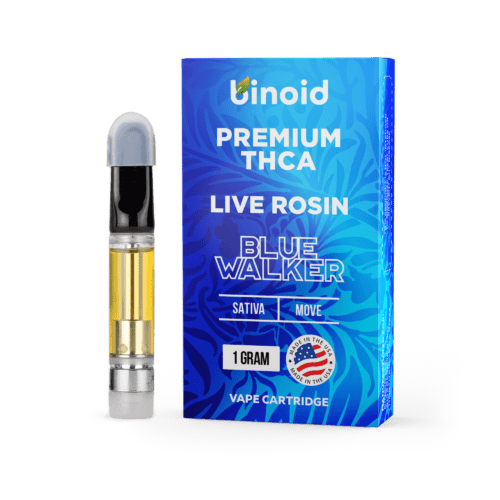 THCA Vape Cartridge Blue Walker – Live Rosin$30.99
THCA Vape Cartridge Blue Walker – Live Rosin$30.99$59.99 -
Product on sale
 THCA Vape Cartridge Exotic Kush – Live Rosin$30.99
THCA Vape Cartridge Exotic Kush – Live Rosin$30.99$59.99 -
Product on sale
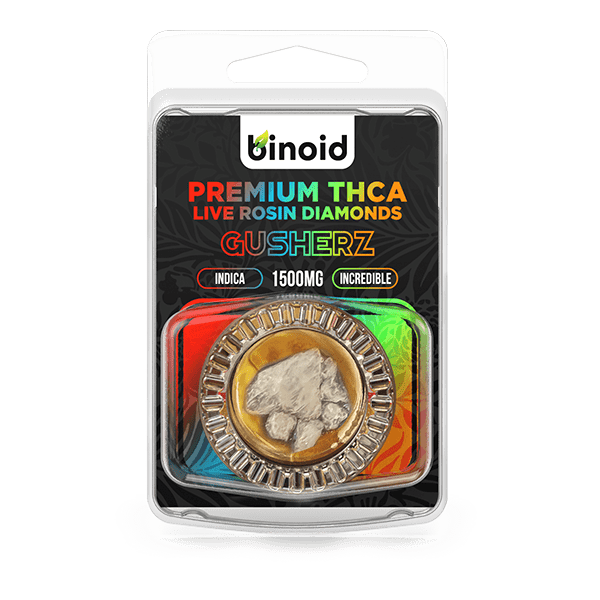 THCA Diamonds 1500mg – Live Rosin$30.99
THCA Diamonds 1500mg – Live Rosin$30.99$59.99

